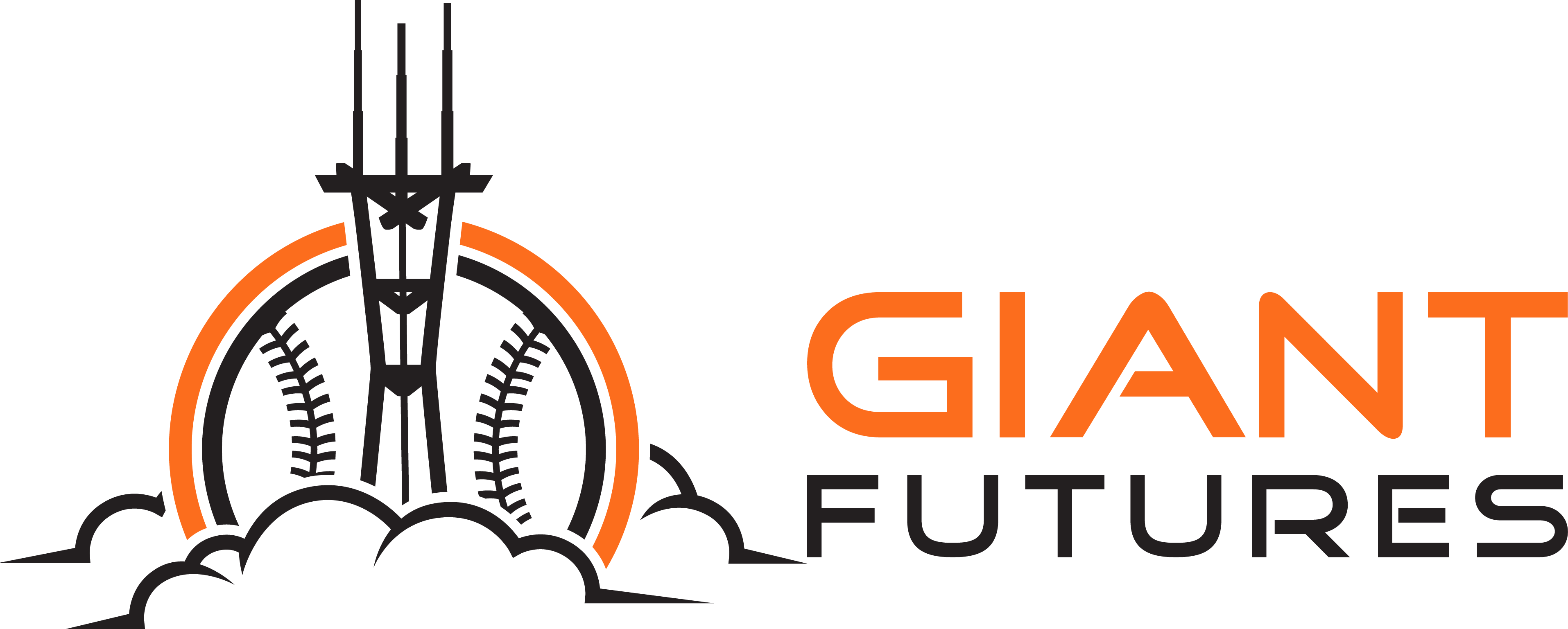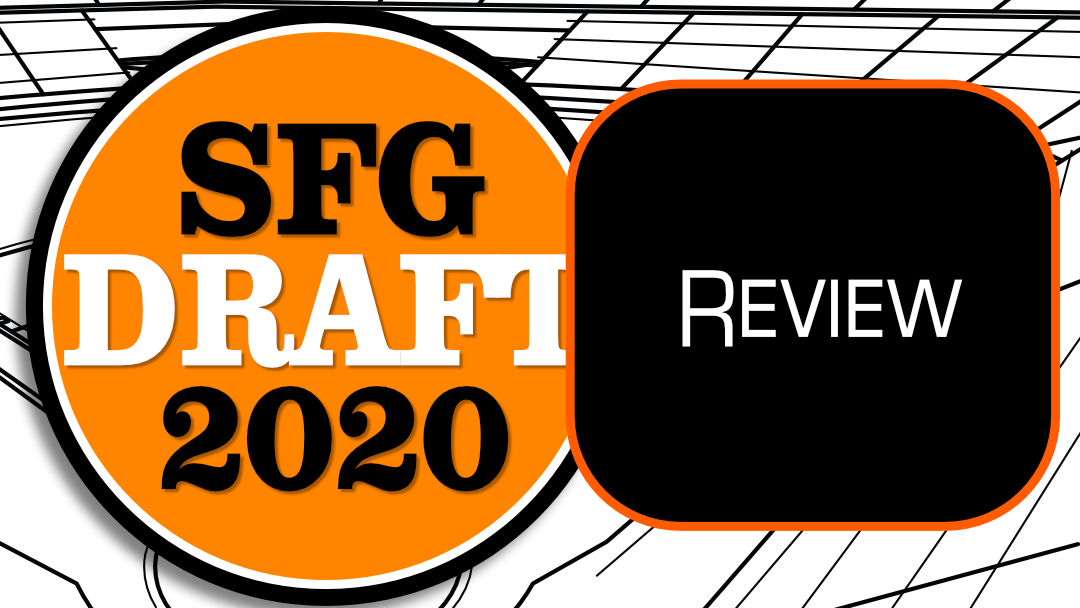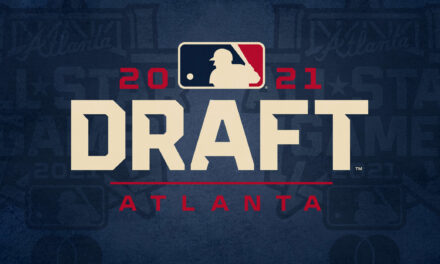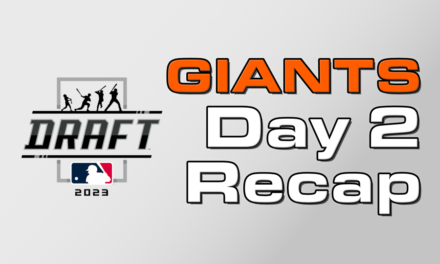Now that the 2020 MLB draft is over, and there’s been a couple of days to think about things, here’s a review of my feelings and impressions on the draft.
Of course, my thoughts about the Giants first round pick (not the player) have been pretty negative. You can read my thoughts in depth in this piece, but I’ll devote a little time to counter the arguments made in favor of picking Patrick Bailey at #13:
Bart or Bailey can switch positions to play together: Patrick Bailey does not have an upper level bat. Much of his value is tied to being a good defensive catcher. Switch him off of catcher, and he’s a 3rd or 4th round hitter. Joey Bart, of course, is a better hitter, but his value would also take a hit because he’s a good field general and has a great arm. Also, Bart has never played another position as a pro, even in Spring Training, so him switching would likely result in a negative defensive result.
The DH is coming, so they can play together: Refer to the comments above about Bailey not being an upper level bat. A Shinjo-DH World Series was bad enough, for a full season it would be inexcusable.
Always Draft the Best Player Available/Never Draft For Need: Never drafting for need is a warning about reaching for one need in particular. The Giants have many needs all over the diamond, including pitching.
As far as BPA…of course, we can’t know what the Giants board was like. But like many philosophies, a strict interpretation is often bad. As I noted in my Day One piece about Bailey, drafting him with Bart ahead of him means that for the Bailey draft pick to maximize value, it counts on lessening either his value, or Bart’s value. For a resource as rare as a top-half first round pick, that is not a way to maximize value.
Even if Bailey was the top player on the Giants draft boards at #12 (and that isn’t unreasonable), the Giants could get far more value out of one of a number of other players available that may have had slightly less grades, because they wouldn’t require devaluing themselves or another prospect to work out.
Catching Depth is good: Depth is absolutely good. Using a first round pick to get said depth, when other areas are shallow or completely dried up, is not good use of value. As a third round pick, a defense-first catcher to back up Bart would be something I’d be more open to.
Either Bart or Bailey could get injured, you never know: Forgive me if hoping for an injury to maximize the value of a first round pick is not something I like to do.
One of them can be traded: Can trades happen? Sure. Are you going to maximize value with one? No. Prospect-for-prospect trades are rare. Prospect for major leaguer trades are usually for only a couple of years of a player under contract, which isn’t great for a rebuilding team. And with a trade, you now assume more risk, since you need two players to succeed: Your prospect, and the player you trade for. After all, no one’s going to trade you a top-flight player if they could have him instead. The Matt Moore trade comes to mind here.
Trust in Zaidi: There’s not really a counter to this argument. Either you trust in Farhan Zaidi and his regime, or you don’t. And there’s something to be said that a man like Zaidi has resources I don’t and is in his job for a reason. But as a writer, I’m not here to give blind trust all the time. I’m going to lean on my two decades of covering baseball to provide you with my opinions, and I have definitely been wrong in the past, and will be in the future. But so might Zaidi. We’ll see how this pick bears out over the next four years, but for now, I’m going to share my perspective on it.
The bottom line of this is that none of these arguments are completely wrong, but they ignore using a valuable first round pick for something (depth, backups, etc.) that could be filled with a later pick, or who are taking the word of the Giants that Bailey is a plus hitter.
Three different scouting publications rated Bailey as having a below-average to average hit skill. Three of them. Of course the Giants are going to say he’s a good hitter, but should you believe just their word?
Bailey is a very good catcher. The moment you take the “catching” away from him, he’s not a first round talent. And almost every argument trying to justify the pick does exactly that.
Okay, let’s move on…
Giant Trends
It’s hard to pick up on trends in such a short draft with such a new draft regime. But one trend that seemed steady with the three hitters selected was plate discipline. Bailey and Glowenke both were noted for their ability to control the strike zone, and Schmitt also had that referred to as a strength. This isn’t a bad thing. One of the hardest things for teams to teach is the ability to know what pitches to swing at. Swings can potentially be tweaked with to allow for the ability to hit a ball harder, but waiting for your pitch is a huge deal. I think this is a great thing to look for, instead of just massive raw power that comes with massive strikeouts.
The other trend was safety. Of the seven players the Giants drafted, six are more polished players from college. The long high schooler is a local player that the Giants have probably scouted a bit heavier than others. High school players generally have more risk, but the tradeoff is that they have more ceiling. There’s also risks of high school players not signing, though these days, a team won’t draft a high school player high without having discussed signability with them.
The result is a draft class that was not on anyone’s “Most Exciting” or “Most Interesting” list. There’s not a lot of high ceilings here, which is often the tradeoff for less risk.
This trend of safety might have more to do with this extremely shortened draft than anything else, but it will be worth watching in the future.
Pitching Depth(?)
Did the Giants adequately address the issue of pitching depth in their farm system?
Well, yes, but also no.
Although the Giants used their first two picks to get hitters, they ended up using four of their seven picks on pitchers. And, generally, there are some good pitchers that will be on prospect lists for seasons to come. Nick Swiney in the compensation round and Kyle Harrison in the third round, in particular, come with intriguing potential and solid futures, but all four provide value of some kind.
However, you will likely continue to hear about the Giants pitching problems in the minors. Why? Because what they didn’t get is a potential ace.
Now, potential aces are hard to get. Few are likely sure things, and they don’t usually get out of the first top ten picks. Others have potential, but also have bust potential, but they can last through the second round. And some pitchers with high potential were available to the Giants as late as the compensation round, such as Alex Santos (who went 72) or Cole Wilcox (who slid all the way to 80). And of course, in the first round, Mick Abel was there (he was taken by the Phillies at #15). I’ll be keeping an eye on him.
After this draft, the Giants do have more pitching, yes, and they do have a couple of new potential starters in their system. But their pitching woes will continue, and many will continue to have concerns unless they find star power pitching prospects to match and play alongside their star hitting prospects.
Ryan Murphy
The drafting of Ryan Murphy is an interesting move. First of all, I do like him. Taking advantage of Division-II schools later in drafts is not a bad theory, and though he doesn’t have overwhelming stuff, he makes it work with a good repertoire, and has that high spin rate.
What’s interesting is his ranking. Which was N/A, by everyone. He wasn’t on MLB’s or Fangraphs’s Top 200 list for the draft. The draft only had 160 players. He also wasn’t on Baseball America’s Top 500. Even Giants draft wiz Brian Recca had nothing on him.
I think it’s fair to say that Murphy had a very good chance of being available as an undrafted free agent.
Is this an egregious overdraft? I don’t think so. In the fifth round, things are always a bit weirder, so there’s not as much chance of it being a pick that misses a lot of other more talented people. And this overdraft may also have saved money which could allow Kyle Harrison to be lured away from his commitment to UCLA. So, yeah, this pick isn’t something I’d get upset over.
Besides, it appears that Murphy has ties to another beloved Giant, Joe Panik, and fans do love those kinds of stories.
Favorite Pick
This is a tough one between two players, but I’m going to go with the Giants second round pick, third baseman Casey Schmitt.
I’m big on a pitching and defense team, so Schmitt being a defense-first third baseman is nice. That fits very nicely into a system that does not have many high-level third basemen in it. I especially appreciate the BA scouting report that says he has the ability to throw strongly from multiple arm angles, which is a big deal at third base.
Of course, his offensive potential carries a lot of risk, and he’ll need some swing adjustments and hope he can tap into his power. That is a very definitive risk in a Giants system that has never really helped hitters do this. But once you’re past the first round, every player would have some risk built in. And Schmitt has good plate presence, which helps.
Note, I’m not taking about the pitching ability. I’m going to devote an article later to my thoughts about a two-way player who is a relief pitcher.
I admit, this was a close choice with LHP Nick Swiney and LHP Kyle Harrison both very close for me.
Least Favorite Day 2 Pick
Obviously, my least favorite pick was Bailey in the first round. But on Day 2’s six picks, I liked the pick of shortstop Jimmy Glowenke the least. Glowenke, taken number 68 overall, was a pretty big overdraft according to many site. BA had him ranked 110, MLB at 171 and Fangraphs at 197. I genuinely can’t imagine that the Giants truly had him as BPA at #68.
There are things to like about Glowenke. Having a plus hit tool can carry a prospect who doesn’t have many other tools. His likely future home at second base doesn’t need a huge power hitter, though Glowenke could tap into some power. His lack of speed is a bit disappointing as well for a high-average hitter. But in later rounds, many players have just one carrying tool and do well.
Again, the context here is the level of the pick. In the second round, there were players available with either more than one plus tool, or with higher single tools. Notably, Alex Santos was among those available at this point. If the Giants liked Glowenke, there were options elsewhere. Perhaps Glowenke was an underslot pick to have money for their third round pick, but I”m not sure it’s enough.







Recent Comments